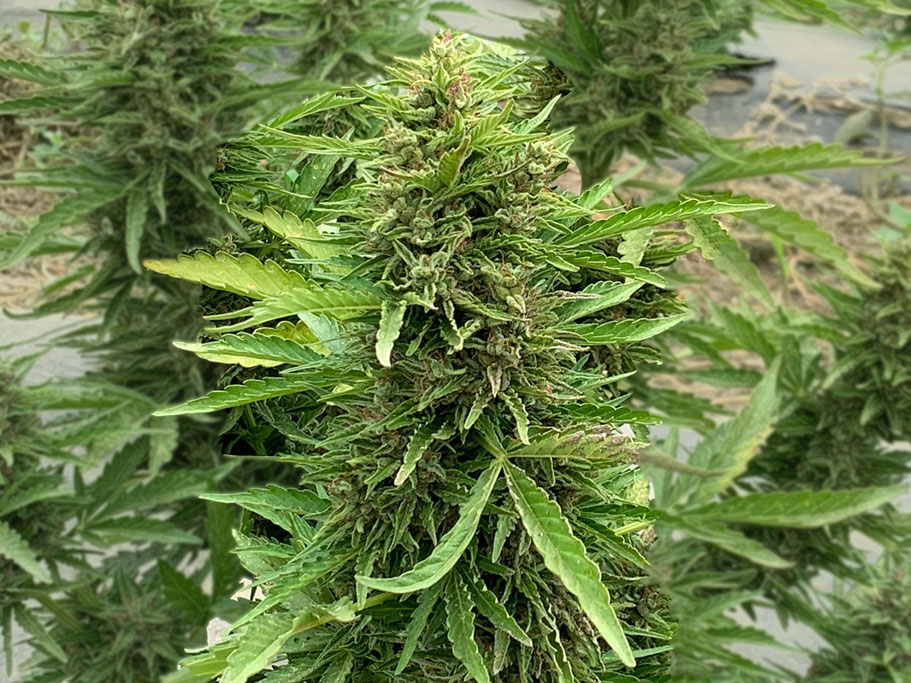Recent Posts
Archives
Categories

Growing hemp requires expertise and skill, and sometimes careful planning about the other crops you want to cultivate. Utilizing companion plants during hemp cultivation is one way to improve growth and protect the plants.
Interested in more about this approach to hemp cultivation? Keep reading, and learn how companion planting can be helpful for hemp plants.
What is Companion Planting?
If you’re new to gardening and farming in general, you may not be familiar with the term “companion planting”. The practice, however, is simple and straightforward.
Companion planting involves planting other species of plants alongside your main crop that will be complementary to this crop in some way. Companion plants can serve as natural pesticides, promote pollination, enrich the soil, provide habitat for beneficial insects, and a variety of other roles. It also allows gardeners and farmers to maximize space in areas where the main crop might not grow optimally.
This technique works for many different crops, and can be especially beneficial in hemp cultivation for a number of reasons.
Why Utilize Companion Plants?
Companion planting works best for plants that grow optimally in biodiverse settings. This means that this approach is not always necessary for crops that grow well as mono crops, or singular species crops.
You might be wondering then, how can hemp, a successful monocrop, benefit from companion planting? While hemp plants can often fair well on their own, companion planting still proves useful to hemp in certain situations.
Insect Repellant – Hemp plants suffering from frequent insect invasion might benefit from the close proximity companion plants that deter certain bug species.
Prevent Disease and Infection – In other instances, hemp plants can fall subject to disease or quick-spreading molds and fungi. Certain companion plants may be able to prevent the spread of disease and fungus, both by acting as a physical barrier and functioning as natural deterrents.
Promote Biodiversity – No matter what the overall goals are for gardening, biodiversity is always a welcome achievement! Utilizing companion plants will add biodiversity to a hemp garden and contribute to the wellbeing of the environment.
Hemp’s Best Companion Plants
There are certain plants that work optimally as companion plants for hemp, each one offering a unique set of benefits for the garden. Generally, companion plants can be broken down into a few different categories, including cover crops, ground cover, border plants, intermixed plants.
Cover Crops that work for well for hemp include plants such as:
- Cerastium
- Alfalfa
Ground Covers protect soil and can help produce stronger, healthier plants. One common ground cover for hemp includes:
- Red Clover
Border Plants serve as protection against unwanted pests and harsh elements, including:
- Chamomile
- Sunflowers
- Lavender
Intermixed Plants sound like what they are–they are planted amongst the main crop and can also deter pests and keep main crops healthy. Some good plants to intermix with hemp include:
- Marigold
- Chervil
- Dill
*Disclaimer: These statements have not been evaluated by the Food and Drug Administration. This product is not intended to diagnose, treat, cure or prevent any disease.
